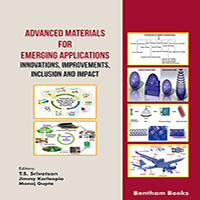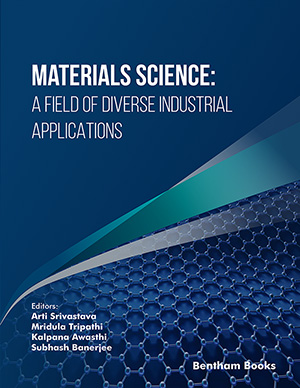Abstract
Metal matrix composites (MMCs) have proved themselves a reliable
alternative to different metals and their alloys due to their high strength-to-weight ratio,
high durability; high wear corrosion resistance, high hardness and other mechanical
properties. In the conventional approach, different methods like liquid-state processing
(stir casting, squeeze casting etc.), solid-state processing (consolidation, physical
vapour deposition or PVD, powder bending etc.), and in-situ processing are being used
to manufacture metal matrix composites (MMCs). Injection molding and other in-situ
processing are highly dependent upon particle size and morphology. Particle
agglomeration is a common problem for liquid and solid-state processing. Again, these
inhomogeneous second-phase particles influence crack initiation and propagation,
thermal mismatches, residual stresses, and dislocation, making the subtracting or
machining process challenging to perform. By observing these issues with the
conventional approach, additive manufacturing can be considered an alternative
technique to fabricating metal matrix composite. It is reported that 3D printing cannot
only sort out the matrix/reinforcement bonding issues observed during conventional
manufacturing processes but is also capable of providing a uniform distribution of
reinforcement inside the metal matrix. Additive manufacturing allows the fabrication of
functionally graded composites with any geometrical complexity, higher accuracy, and
minimum production lead time. However, challenges like lack of fusion, rapid cooling,
poor surface morphology and texture restrict the additive manufacturing processes to
manufacturing a sound product. The current chapter summarises the recent
development in manufacturing metal matrix composites (MMCs) using different
additive manufacturing processes.
Keywords: Additive manufacturing (AM), Challenges, Conventional manufacturing process, Metal matrix composite (MMC), Mechanical properties, Microstructural properties, Reinforcement.




















